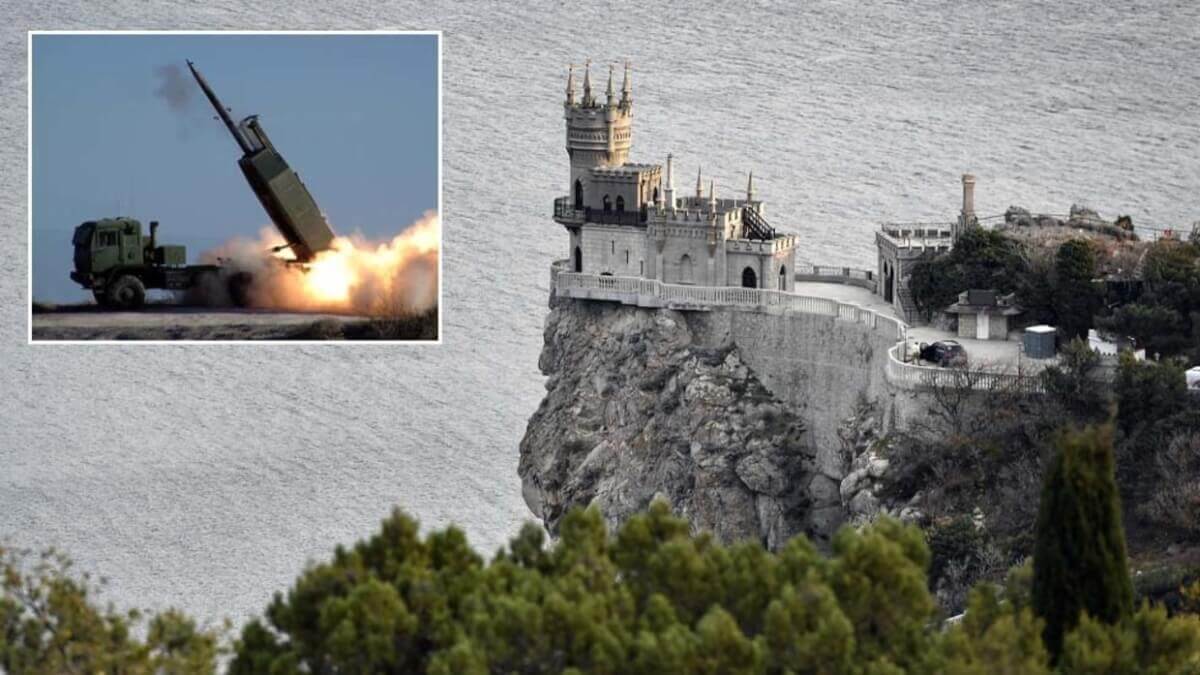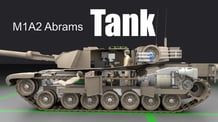On November 24, the US destroyer John McCain violated the Russian maritime border and plunged two kilometers into the waters of Peter the Great Gulf in the Far East. A few hours after this provocation, the command of the US Seventh Fleet, based in Japan, issued a statement stating that the United States did not recognize Russian sovereignty over the gulf and considered its waters outside the 12-mile coastal zone as international.
Today, November 25, it became known that the US ground forces in Europe for several hours transferred two M142 High Mobility Artillery Rocket (HIMARS) launchers from the Ramstein base in Germany to a training ground in Romania, which fired in the direction of the Black Sea. Then they boarded C-130 Hercules transport aircraft and flew back to their permanent base.
Like the Far Eastern provocation, the European maneuver with launchers did not pose an immediate military threat to the Russian Federation, but it was emphatically symbolic and was accompanied by extremely hostile statements.
Surprise for Crimea
The American edition of Forbes, which acted as the mouthpiece of American military propaganda in this situation, published an article claiming that the American army presented an unpleasant surprise to the Russian military in Crimea. “This was clearly a message for Moscow. The US Army in Europe has regained its long-range firepower. And he wants the Russians to know about it,” the article says.
The author of the material specified that the operation was carried out by the forces of the 1st battalion of the 77th regiment of the 41st field artillery brigade. According to him, the US military, both in the ground army and in the Marine Corps (in the US, these are independent branches of the armed forces), prefer the airlift of M142 missile systems (HIMARS), which gives a fundamental gain in deployment time compared to the transfer by rail or on your wheels.
“This means that they can appear almost anywhere there is a nearby airfield. The high speed of these air deployments helps to hamper enemy counter-battery fire. It is difficult to get into a rocket launcher that spends only a few hours on the ground next to your troops, ”the material says.
The publication also noted that the US military removed multiple launch rocket systems from Europe in 2006. However, after Crimea became part of Russia in 2014, in the author’s terminology – “Russia’s invasion of the Crimean peninsula of Ukraine”, the Black Sea began to rapidly turn into a “Russian lake”. In an effort to contain the further strengthening of Russia in the region, the Pentagon moved the 41st Field Artillery Brigade to Germany in 2018.
Rocket gambit
On the one hand, it is obvious that the devil is not so terrible as the American military propaganda paints him. The 41st Field Artillery Brigade has four batteries, each of which has nine launchers, that is, their total number does not exceed 36. Moreover, only one of the batteries is equipped with tactical missiles, all the rest are 270-mm MLRS (salvo rocket launchers fire), the range of which is 40 miles (slightly more than 64 kilometers). In fact, most of the brigade are analogs of the Soviet “Hurricanes”, which cannot reach Crimea not only from the territory of Romania (the distance along the shortest route is 250 km) but also from most of Ukraine.
Moreover: even HIMARS operational-tactical complexes have a firing range of 100 miles (160 km). That is, they are not dangerous to Crimeans either. On the other hand, the hint is quite understandable: with these maneuvers, the Americans show that in just a few hours they can transfer their heavy rocket artillery to Ukraine, for example, to support the offensive of the Armed Forces of Ukraine against the unrecognized republics of Donbass.
How Russia responds to this attack, the near future will show.














